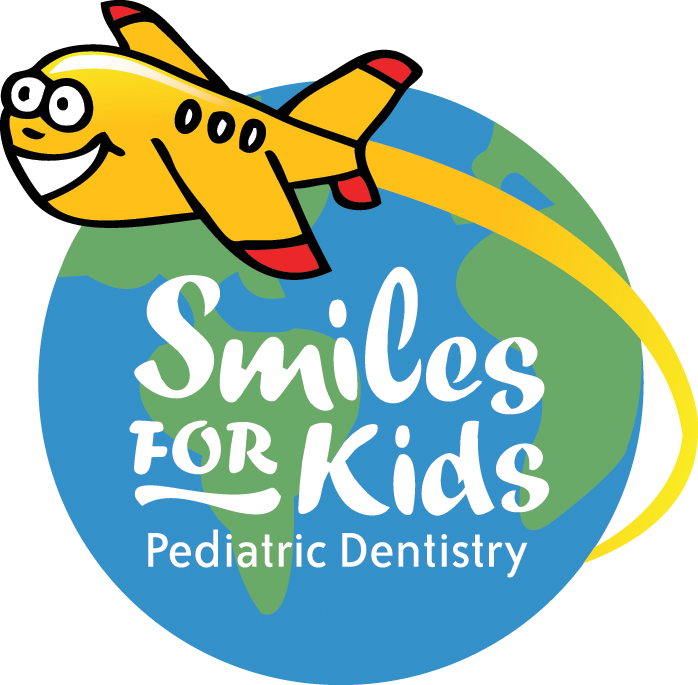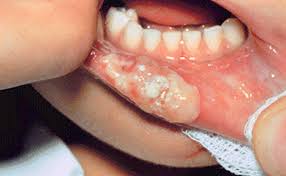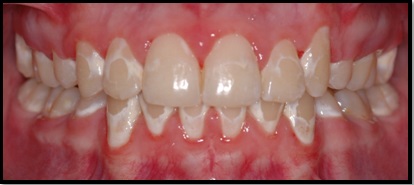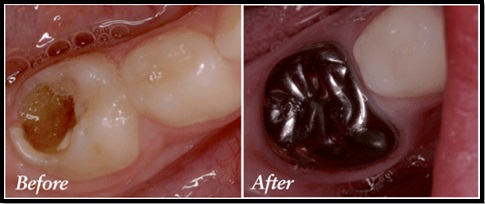Q&A with Jamie
/Jamie is our wonderful hygienist at Smiles for Kids Pediatric Dentistry. She’s a mother of three and has 12 years of experience in the dental field. She’s fantastic with all the kiddos!
Check out Jamie’s answers for some of the most common questions that parents are itching to know the answers to on almost a daily basis!
When can my child brush his/her own teeth?
“The average age is around 8 years old. That being said, every kid is different. Parents should check in with brushing a few times a week to check the most common trouble spots like along the gumlines and towards the back of the mouth. If they see he’s doing a good job, they can check less frequently.”
What’s the best toothpaste to use?
“We definitely recommend a fluoride toothpaste. The brand is dependent on your child’s taste preferences.”
What floss should I use for my child?
“If they’re flossing on their own, the string floss can be tricky for some. The floss sticks can be easier at first. The key is to gently go below each tooth and ‘hug’ it on both sides.”
What’s a good way to prevent swimmer’s stain?
“Brush well before swimming to ensure that there’s no plaque buildup. Also avoid taking pool water in your mouth when possible.”
Thanks, Jamie!
Dr. Jadav
Smiles for Kids Pediatric Dentistry






























